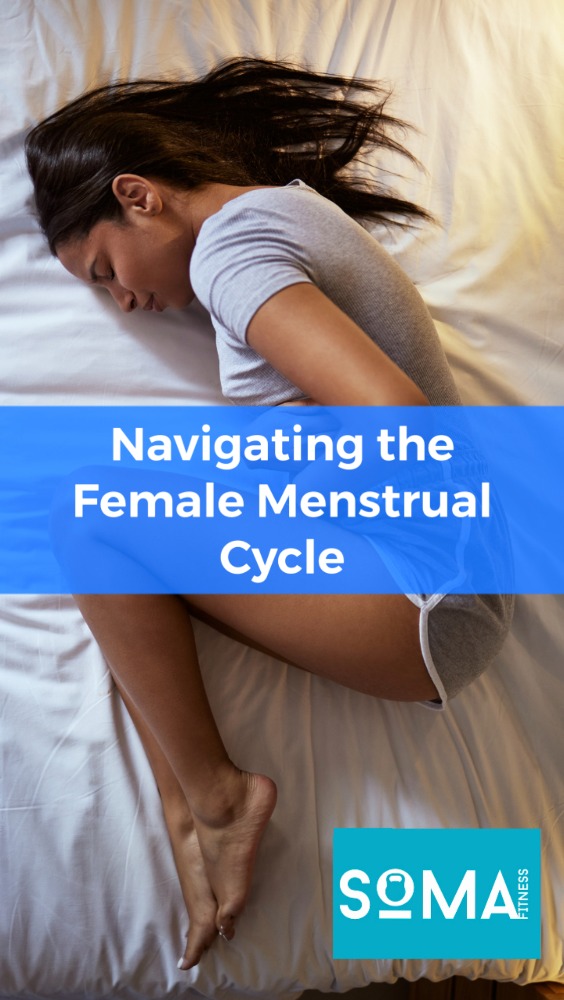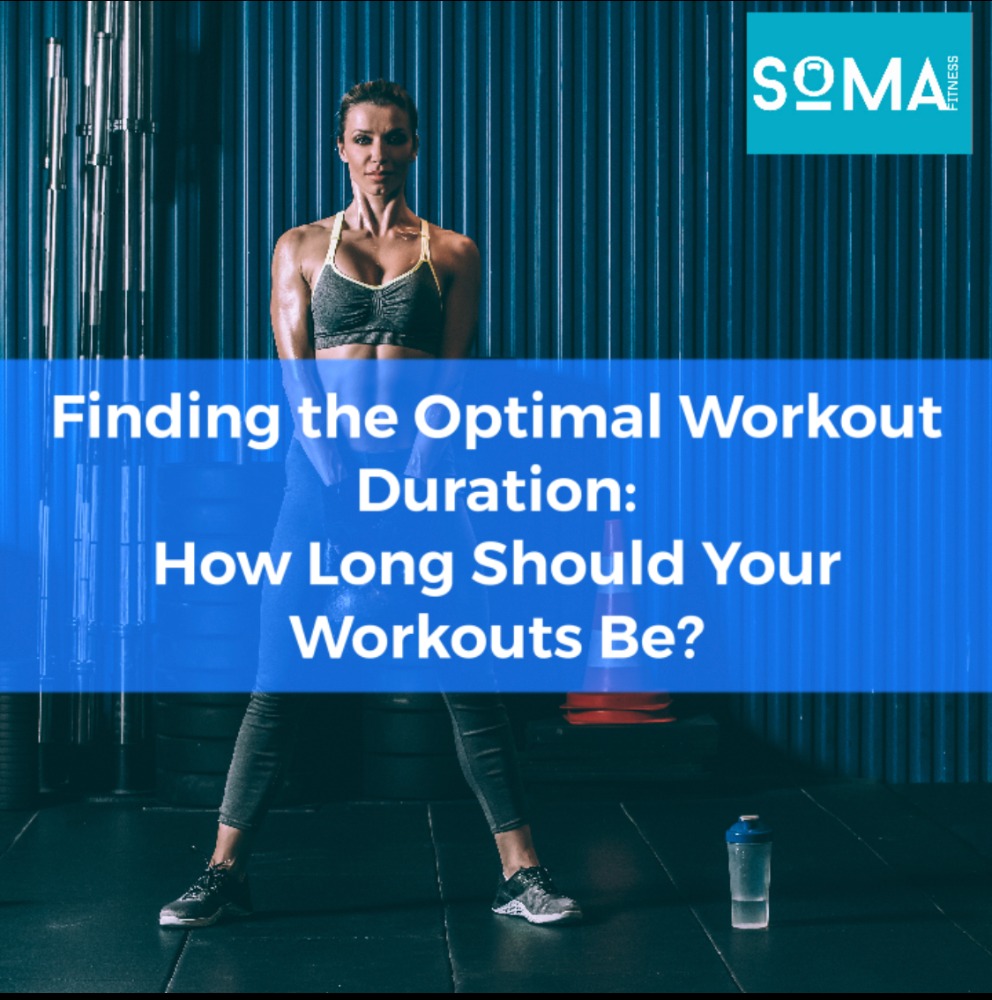5 Common Obstacles Stopping You From Achieving Your Fitness and Health Goals
As a personal trainer, I’ve helped hundreds of people achieve their fitness and health goals. I’ve also seen first hand what can psychologically stop people from reaching their goals. Here are the top 5 things that I see holding people back:
- Quitting too easily. This is one of the biggest obstacles to achieving any goal. When you start a new fitness program, it’s important to be patient and persistent. You are likely learning new skills and habits which can take a duration of time to adjust to. Don’t give up if you don’t see results immediately. It takes time and effort to make lasting changes. Just like safe investing it takes time and patience to see your investments grow.
- Not valuing your health enough. Many people don’t make their health a priority. They put it off until they have a health scare, but by then it may be too late. Make your health a priority today and you’ll be glad you did later. You can buy all the material items in the world but we cannot buy our health, it’s priceless and it’s important that we value it and place it at the top of our priority.
- Fear of failure. Everyone fails at some point. It’s how we learn and grow. Don’t let the fear of failure hold you back from achieving your fitness goals. Just pick yourself up and keep going. As a personal trainer it’s our job to identify the areas that may make us stumble and come up with a strategy together to negate that from occurring in the future. Health and fitness is a journey that no man or woman should a shy away from.
- Not having enough time. This is a common excuse, but it’s not always true. You can find time for fitness if you make it a priority. There are many ways to fit exercise into your busy schedule. Organising your diary to fit in some exercise each week, treating each training session like an important non negotiable meeting. The best time for you to train is when you can fit it into your diary weather it’s early mornings, on your lunch break or in the evenings after work, get it done!
- Not being able to give up on bad habits. This is a tough one, but it’s essential if you want to achieve your fitness goals. Bad habits like smoking, excessive drinking, and eating unhealthy foods can sabotage your progress. Make a plan to break these habits and stick to it. Breaking a habit can be hard but it’s not impossible. We’ve seen many individuals break lifelong addictions for the benefit of their long term health. There is a saying that one of our clients has up on his gym wall; “Hard Choices, easy life. Easy choices, hard life.” Everything we do will take some effort but need to put our effort and energy into areas that will elevate our health and well being.
If you’re struggling to achieve your fitness and health goals, the most important thing to do is to not give up. Identify the obstacles that are holding you back write them down and actively start working on steps on how you can overcome them. Our personal trainers here at Soma can help guide you through this.
Here are some additional tips for overcoming the obstacles to fitness and health:
- Set realistic goals. Don’t try to do too much too soon. Start with small, achievable goals and gradually build up from there.
- Find a support system. Having people to support you on your journey can make a big difference. Find a workout buddy, hire a personal trainer, join a fitness class, or talk to your friends and family about your goals. Strength in numbers!
- Make it fun. If you’re not enjoying yourself, you’re less likely to stick with it. Find activities that you enjoy and that challenge you.
- Don’t give up. There will be setbacks along the way, this is part of the process, don’t let them discourage you. Just pick yourself up and keep going.
Achieving your fitness and health goals takes time, effort, and dedication. But it’s worth it. When you are actively taking steps toward your goals, you’ll feel better physically and mentally. You’ll have more energy, you’ll sleep better, and you’ll be more confident. So don’t give up on your goals don’t wait till tomorrow start now!!!











Recent Comments